By
Selene Rivera | Hoy LA
Soudi Jiménez | Hoy LA
This story is also available in Spanish.
This article was produced for Watts Revisited, a multimedia project launched by the USC Annenberg School for Communication and Journalism that explores challenges facing South L.A. as we commemorate the 50th anniversary of the 1965 Watts Riots. Learn more at www.wattsrevisited.com.
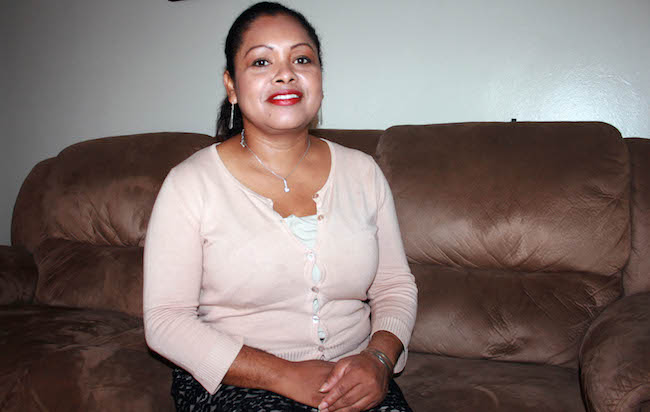
Juana Lopez had to move because her son Anthony was sick from asthma and the administrator of the building where she lived did not pay attention to her complaints.
The dust on the tables and carpet never worries Juana López, nor the condition of the paint on the walls of her home, even though her seven-year-old son Anthony Perez has suffered from asthma and allergies since 2013.
It was in a medical consultation where the doctor made it clear that there was a connection between the diseases and the environment around her child. “I did not know how to clean, or what products to use,” said Lopez, originally from Guerrero, Mexico.
The medical center referred López to the organization, Esperanza Community Housing. A health promoter said they urgently needed to change the carpet and repair areas where paint was falling off.









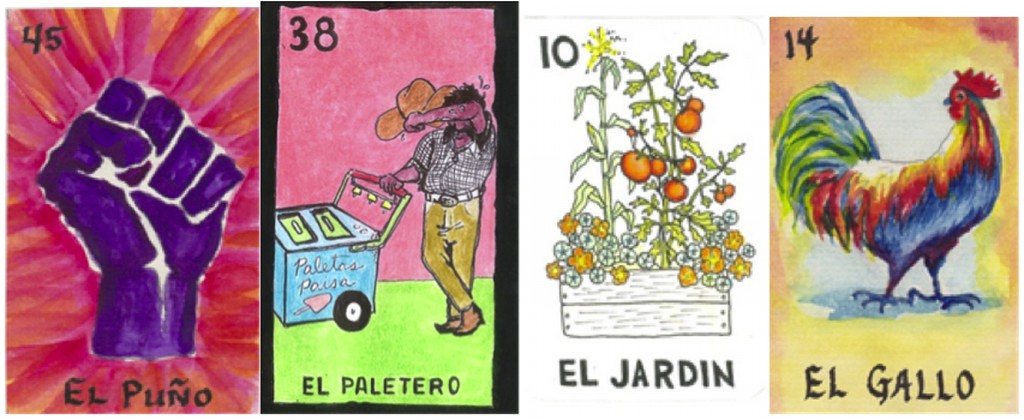
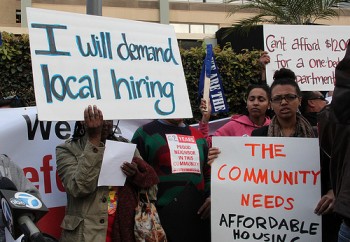
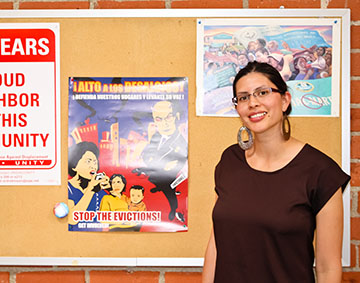
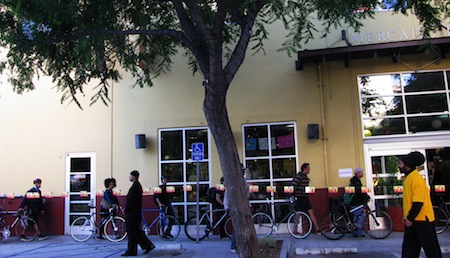 In the shady gated courtyard in front of Mercado La Paloma on Grand Avenue, handfuls of low-rider and fixed-gear bicycles plus a booming DJ sound system set the stage for the
In the shady gated courtyard in front of Mercado La Paloma on Grand Avenue, handfuls of low-rider and fixed-gear bicycles plus a booming DJ sound system set the stage for the  Half of the $10 admission fee will help campaigns for safer streets in South L.A. that urge for more bike lanes and green areas, better street crossings and narrower roads. The other half will benefit
Half of the $10 admission fee will help campaigns for safer streets in South L.A. that urge for more bike lanes and green areas, better street crossings and narrower roads. The other half will benefit  Organizers are tentatively planning for the new route, for the next ride on April 15, 2012, to shoot south on Central Avenue from Downtown Los Angeles and head west on Martin Luther King Jr. Boulevard to Exposition Park and Leimert Park. In the future, they hope to extend it all the way to Watts Towers. But closing down so many streets to car traffic requires money for the proper permits.
Organizers are tentatively planning for the new route, for the next ride on April 15, 2012, to shoot south on Central Avenue from Downtown Los Angeles and head west on Martin Luther King Jr. Boulevard to Exposition Park and Leimert Park. In the future, they hope to extend it all the way to Watts Towers. But closing down so many streets to car traffic requires money for the proper permits.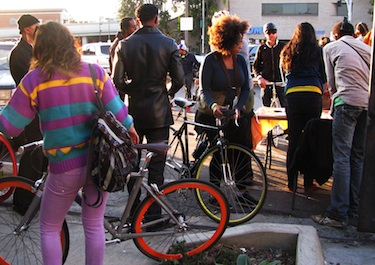 “South L.A. gets a really bad rep from media sometimes,” said Andres Ramirez, a
“South L.A. gets a really bad rep from media sometimes,” said Andres Ramirez, a 




